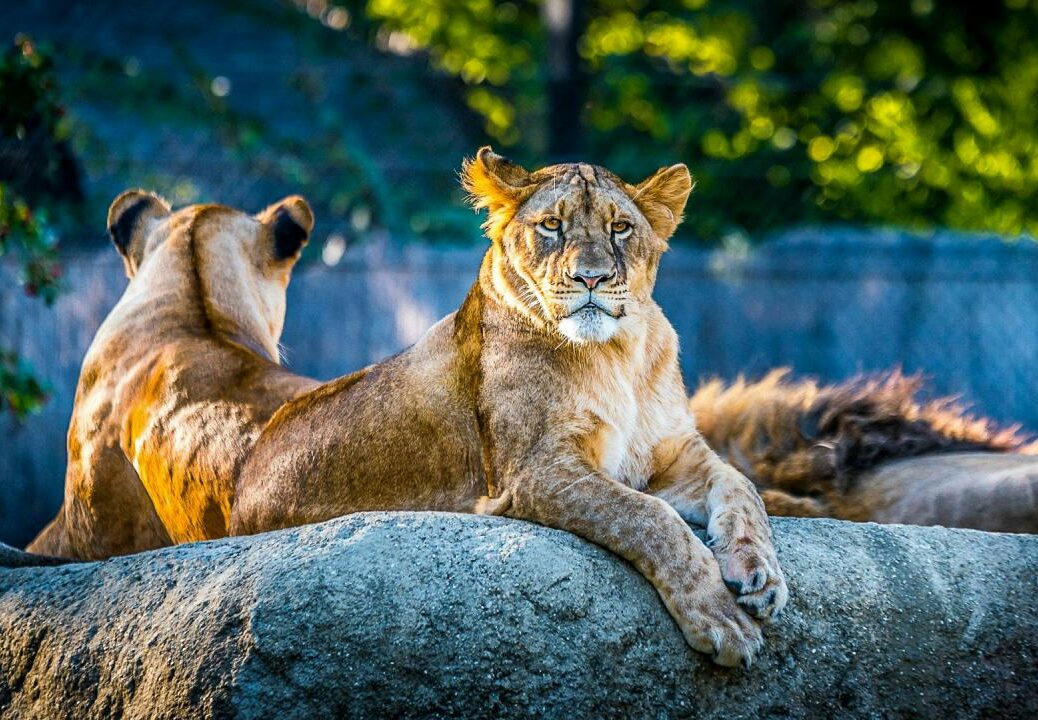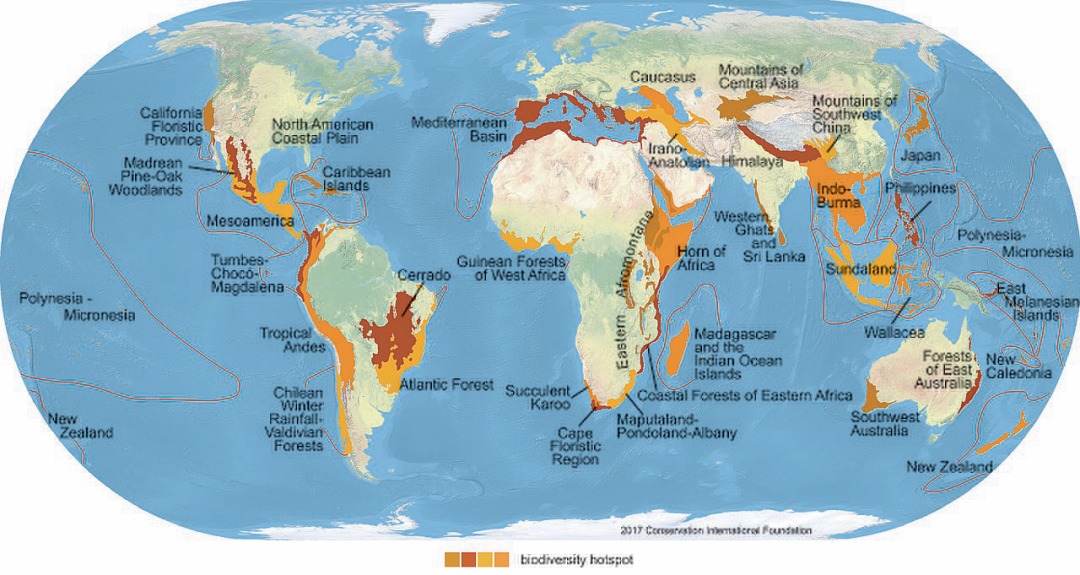The role and relevance of zoos in the United States have been a source of debate and controversy for years. Are they necessary safe havens providing essential care and preservation for wildlife, or do they foster unnecessary suffering for animals? Do they serve as educational tools to inform us about animals and the environment, or do they foster and propagate harmful ideologies about our relationship with wildlife? In this article, we will delve into these questions, offering an exploration of the pros and cons of zoos.
What are the Pros and Cons of Zoos?
The Benefits of Zoos
Positive Role in Animal Welfare
Zoos often play a crucial role in animal welfare, serving as sanctuaries for injured, sick, or orphaned animals that would not survive in the wild. Some zoo residents are survivors of less humane circumstances, having been rescued from the harsh environments of circuses or unsuitable working conditions. These animals receive top-tier veterinary care, regular meals, and protection from predators—conditions that ensure their survival and facilitate their recovery. Additionally, many zoos engage in captive breeding programs for endangered species, thus assisting in increasing population numbers and preventing potential extinction.
Importance for Endangered Species
Conservation is at the heart of many zoos’ operations, with a particular focus on endangered species. Through the implementation of captive breeding programs, zoos can increase species numbers under controlled conditions, potentially leading to the successful reintroduction of animals into the wild. Furthermore, zoos act as reservoirs for genetic diversity—an essential aspect of species survival—helping prevent the loss of unique genetic traits that could be crucial for a species’ long-term survival.
Contribution to Education and Raising Awareness
From an educational standpoint, zoos serve as powerful tools for education and raising awareness about wildlife conservation and environmental stewardship. They provide engaging, interactive platforms for children and adults alike, enhancing understanding of different species, ecosystems, and the threats they face. Moreover, these institutions often conduct public campaigns and fundraising events for conservation projects, thus fostering a sense of responsibility and active participation in conservation efforts among the community.
The Cons of Zoos
Animal Welfare Concerns
However, zoos are not without their critics, primarily concerning animal welfare. Critics argue that even the most state-of-the-art enclosures cannot adequately mimic an animal’s natural habitat, compromising their quality of life. These artificial environments often lack the complexity and space of the wild, potentially leading to boredom, frustration, and the development of stereotypic behaviors—collectively known as “zoochosis”—which are signs of mental distress in animals.
Challenges in Conserving Endangered Species
Despite their conservation goals, zoos face challenges regarding their effectiveness in preserving endangered species. Although captive breeding programs have had some success, they often struggle with successfully reintroducing animals into the wild, leading to questions about their ultimate benefit. Additionally, inbreeding within captive populations can result in a lack of genetic diversity, leading to health problems and reduced fitness in future generations.
Sending a Questionable Educational Message
While zoos aim to educate the public about wildlife, critics argue that they can inadvertently deliver the wrong messages. By presenting animals in artificial settings, zoos may inadvertently misrepresent animals’ natural behaviors and lifestyles. Furthermore, they risk promoting the idea of animals as sources of entertainment rather than sentient beings deserving of respect and autonomy.
How to Evaluate Whether a Zoo is Ethical and Humane
Accreditation Bodies and Their Standards
In an attempt to uphold ethical standards, several accreditation bodies assess and accredit zoos based on their animal care, conservation efforts, and educational programs. Notable organizations include the Association of Zoos & Aquariums (AZA) and the World Association of Zoos & Aquariums (WAZA), both recognized for setting rigorous standards. Another organization, American Humane, offers a different accreditation through its Humane Certified program, focusing on animal welfare standards.
Although all three organizations aim to promote animal welfare and conservation, they vary in terms of strictness and focus. The AZA is often regarded as the most stringent, requiring member zoos to participate actively in conservation and research initiatives, provide excellent animal care, contribute to the advancement of public education, and ensure financial stability. WAZA and American Humane also have comprehensive standards, though they each have unique focuses, with WAZA emphasizing global cooperation and American Humane emphasizing animal welfare.
Accreditation from Association of Zoos and Aquariums (AZA)
Accreditation from the Association of Zoos and Aquariums (AZA) implies that a zoo or aquarium has met certain rigorous standards set by the association. The AZA is a non-profit organization dedicated to the advancement of zoos and aquariums in the areas of conservation, education, science, and recreation.
To become AZA accredited, institutions must go through a meticulous process that includes a detailed application, a multiple-day on-site inspection by a team of experts, and a hearing before the independent Accreditation Commission. The entire process is repeated every five years to ensure ongoing compliance.
The standards that must be met for AZA accreditation cover a wide range of areas including:
- Animal Care: The institution must demonstrate high standards of animal care, including veterinary care, nutrition, and enrichment programs.
- Governance: The institution should have a clear mission statement, strategic plan, and governance structure. It should operate ethically and transparently.
- Conservation: The institution should be actively involved in conservation efforts, whether in the form of participating in Species Survival Plans, conducting conservation-oriented research, or educating the public about conservation.
- Education: The institution should provide educational programming to teach the public about animals and conservation issues.
- Safety: The institution should have adequate safety protocols for both its visitors and staff.
- Facility management: The institution should maintain its physical facilities in good condition, providing a safe and stimulating environment for its animals.
- Financial stability: The institution should be financially stable, allowing it to carry out its mission effectively.
AZA accreditation is a significant achievement and it is seen as a mark of excellence in the field of animal care and conservation.
Zoo Ownership: Funding, Transparency, and Animal Welfare
Zoo ownership encompasses a variety of models, including government-operated, non-profit, and privately owned zoos. Each model has its own unique approach to funding and transparency, which can have direct impacts on the level of animal welfare.
Non-Profit Zoos
Non-profit zoos function on a model of public service, relying on funding through donations, grants, sponsorships, and admission fees. Given their non-profit status, they are required to reinvest their revenue back into the organization, which often goes towards improving animal habitats, supporting conservation efforts, and implementing educational programs.
As part of their non-profit status, they are also required to provide a certain level of transparency, making information about their financial operations and animal welfare efforts available to the public. This transparency, coupled with their mission to promote conservation and education, often leads to a greater emphasis on animal welfare.
Government-Operated Zoos
Government-operated zoos are funded largely through tax revenues, supplemented at times by admission fees. They are public entities, which means they are subject to governmental regulations and oversight. As such, they often have a certain level of transparency in their operations, with budgets, animal welfare records, and other information potentially available to the public through freedom of information laws.
However, these zoos may face limitations due to budget constraints, which could potentially affect the quality of animal care and the scope of educational programs.
Privately Owned For-Profit Zoos
Privately owned, for-profit zoos operate as businesses, with revenue primarily coming from admission fees, concession sales, and other retail income. While these zoos can prioritize animal welfare, their need to generate profits could potentially create conflicts with the needs of the animals.
The level of transparency in these organizations can vary greatly, as private companies are not usually subject to the same disclosure requirements as government-operated or non-profit organizations. This lack of transparency can make it harder for the public to assess their standards of animal care.
However, it’s important to note that some privately owned, for-profit zoos can still provide excellent animal care and contribute to conservation and research efforts, especially if they can use their profits to fund these initiatives.
Regardless of the type of ownership, potential visitors should always research a zoo thoroughly before visiting. All types of institutions, especially if they are AZA-accredited, can offer high standards of animal care, contribute to conservation, and provide educational experiences. However, potential visitors might want to consider the underlying priorities of the institution.
Additional Ways to Research if a Zoo is Ethical and Humane
A humane zoo is typically characterized by a high standard of animal care, emphasizing the creation of naturalistic habitats, a robust commitment to conservation, and a meaningful, accurate educational program. While accreditation from organizations like the AZA, WAZA, or American Humane can be indicative of a zoo’s commitment to these principles, it’s important to also consider other factors such as the zoo’s reputation, transparency, and public reviews.
When considering which zoos to support, it’s vital to identify those which prioritize animal welfare. Roadside zoos, often small and privately owned, frequently lack the resources or knowledge to adequately care for their animals, leading to potential neglect. Here’s how you can evaluate a zoo’s commitment to animal welfare:
- Check their accreditation: Ethical zoos are typically accredited by organizations like the AZA or WAZA, or have Humane Certification. These entities enforce rigorous standards for animal care.
- Look for transparency: Zoos that prioritize welfare are open about their practices and willingly answer public queries regarding animal care.
- Research online reviews and news: Look for reports or reviews suggesting neglect or mistreatment. Beware of zoos that frequently appear in negative news stories.
- Observe the animals’ living conditions: Upon visiting a zoo, scrutinize the animals’ habitats. They should be clean, spacious, and stimulating.
- Assess the animals’ behavior: Animals should display natural behaviors, appear healthy, and be free from stress. Repetitive actions, like pacing, can signal poor welfare conditions.
It’s always a good idea to conduct your own research before visiting, to ensure that a zoo aligns with your personal values and standards.
The Role of Watchdogs in Zoo Accountability
Watchdog organizations such as People for the Ethical Treatment of Animals (PETA) and In Defense of Animals (IDA) play an indispensable role in holding zoos accountable. These organizations often conduct investigations into zoos, highlight potential areas of concern, and advocate for stricter regulations and standards. Their work often brings public attention to critical issues and encourages zoos to strive for better practices.
Even the most respected and humane zoos can face challenges when it comes to ensuring optimal living conditions for their inhabitants. The non-profit organization In Defense of Animals has highlighted that even the best-rated zoos can struggle to provide suitable environments for certain species, like elephants. The issues can range from inadequate space, stress from transfer for breeding purposes, to the psychological impact of solitude.
While many zoos continually strive to improve, investing millions of dollars into habitat enhancements and enrichment activities, captivity can never truly replicate the complexity and expansiveness of the wild. For animals rescued from circuses or inhumane work conditions, a zoo environment may offer an improvement, but it’s not without its own set of imperfections.
Wildlife sanctuaries or nature preserves, with their larger expanses, often come closer to mimicking natural habitats, providing animals with a more organic living experience. However, it’s important to remember that even these environments, while more similar to the wild, can’t perfectly emulate an animal’s natural habitat.
Conclusion: Zoos are imperfect, with pros and cons…
The question of whether to visit a zoo, or whether zoos should even exist, remains multifaceted and complex, without a clear-cut answer. Zoos offer potential benefits in terms of animal care, conservation, and education. However, they also raise legitimate concerns about animal welfare and the effectiveness of their conservation efforts.
If you’re considering a zoo visit, especially with children, thorough research is crucial. Look at the zoo’s practices, accreditations, and commitment to animal welfare. By making informed choices, we can support institutions that prioritize both the physical and psychological well-being of the magnificent creatures they house and work towards the preservation of their wild counterparts.
TO FIND A ZOO:
Search AZA-Accredited Zoos in the Republic of Green Directory
- 30 Environmental Activities to Feed Your Mind, Body & Soul - December 19, 2023
- Exploring the Wonders of Dark Sky Parks: A Stargazer’s Paradise - December 19, 2023
- Biodiversity Loss – A Crisis in the Making - December 12, 2023











